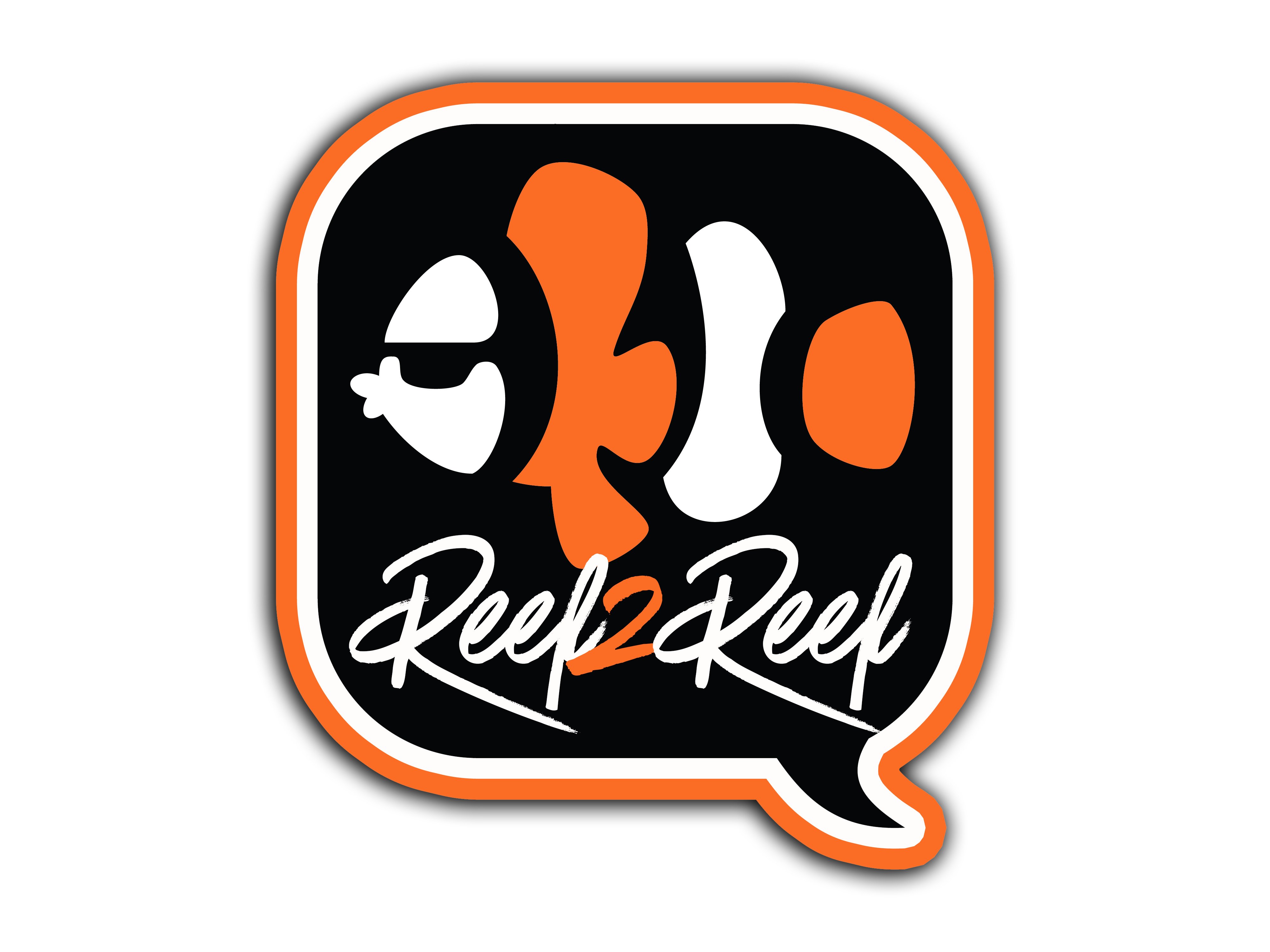Well I am about to through in the towel on this tank due to the dinoflagellate problem that I have. I thought that I had this under control but I had to travel for work for the last week and came home to this.


Before I left I had just finished with 7 days of H2O2 treatment. I cleaned up the tank per my normal weekly routine today including a massive round of turkey basting and now it looks like this.


I have blacked out the tank, and I am now going to try another round of H2O2 plus 3 or 4 days blackout, plus raised pH. I am open to others suggestions and welcome them. These dinoflagellates appear to be unstoppable. I have never had a problem like this before, maybe I should through in the towel and start this tank over? I will post some pictures when I am done with this round of treatment.
Salinity 1.025
Temp 78
Ca 420
Alk 8.5 dKH
Mag 1250
Nitrate 0
Nitrite 0
P 0 (crappy liquid test kit)
Top off with RO/DI
let me know what you think.
thanks


Before I left I had just finished with 7 days of H2O2 treatment. I cleaned up the tank per my normal weekly routine today including a massive round of turkey basting and now it looks like this.


I have blacked out the tank, and I am now going to try another round of H2O2 plus 3 or 4 days blackout, plus raised pH. I am open to others suggestions and welcome them. These dinoflagellates appear to be unstoppable. I have never had a problem like this before, maybe I should through in the towel and start this tank over? I will post some pictures when I am done with this round of treatment.
Salinity 1.025
Temp 78
Ca 420
Alk 8.5 dKH
Mag 1250
Nitrate 0
Nitrite 0
P 0 (crappy liquid test kit)
Top off with RO/DI
let me know what you think.
thanks




















